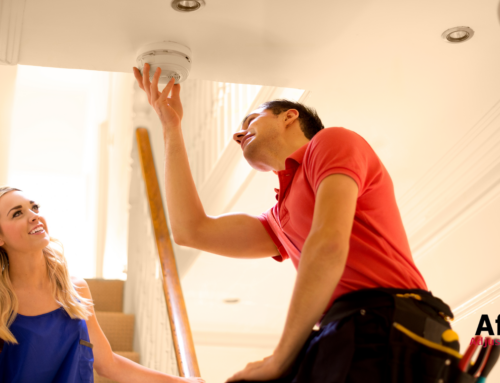Since Aftermath Adjusters & Consulting is located in Florida, we frequently see plumbing issues and the insurance claims related to them. One of the issues in the Sunshine State that tends to crop up often is cold water condensation. Let’s see what this is and what you can do about it.
What is Cold Water Condensation?
Cold water pipe condensation is a rather common problem in many parts of the world. Most often, this happens in commercial, industrial, and residential areas that use copper and cast-iron pipes. The list of problems includes:
- Freezing
- Rot
- Mold
- Mildew
- Exacerbation of heat gain
- Insect infestation
It is a natural occurrence caused when the air temperature around the pipe dips below the dew point. The water vapor in the air becomes a liquid that forms on the cold water pipe’s surface. The water can transfer to other areas and create problems if it is left like that.
Preventing Cold Water Condensation
Cold water condensation problems are, thankfully, not insurmountable. You can prevent it by using sectional pipe insulation. Look for a variety with:
- At least 150 mm thickness
- Hydrophobicity
- Resistant to fungi growth and wildlife.
By fitting the sectional pipe insulation around the cold water piping, the problem resolves itself. The insulation’s natural thickness, once it is in place, will help keep any surrounding air temperature from going below the dew point. Therefore, condensation is less likely to form on the pipes.
Additionally, there are other methods to decrease cold water condensation. The list of corrective methods includes keeping the area’s humidity level at 55% or lower using a:
- Dehumidifier
- Digital humidity gauge
- Box fan
Some people even decide to coat the surrounding areas with a waterproofing substance, as well as install heating elements and additional ventilation.
What If You Already Have Damage?
Aftermath Adjusters can help you file an appropriate claim if you discover your home’s cold water condensation problem after the damage has already occurred. It’s important that you take care in coming up with the amount since cold water condensation related damage isn’t always visible.
Some things we look for include:
- Damaged Insulation and Wiring: Cellulose, loose-fill insulation, and fiberglass can lose effectiveness when soaked with water and will need to be completely replaced.
- Damaged Wiring: Wet wiring can cause short circuits that can cause problems with appliances and lighting, and could even start a fire.
- Rotted Structural Materials: Wooden support beams and sub-floors can rot and the steel brackets that hold the beams in place can rust.
- Mold: Mold can grow inside air ducts, walls, and even the subfloor. It can also be hard to detect. Mold spores will be moved through the air ever time your air conditioner or heating cycles. This will compromise your air quality, triggering asthma attacks, allergic reactions, and spread to other parts of your home.
We can help you resolve cold water condensation related claims. Please contact Aftermath Adjusters, today. We are ready to help.









